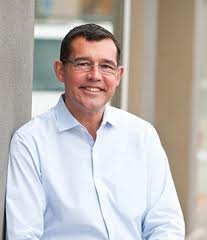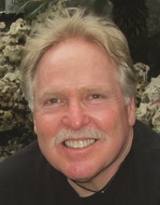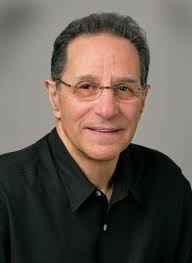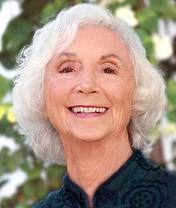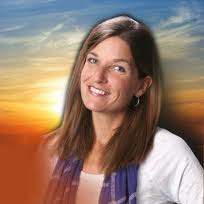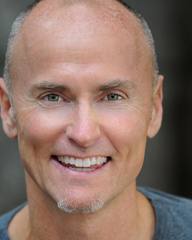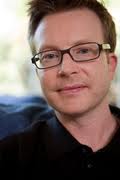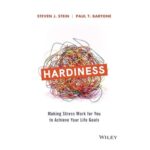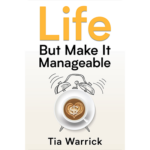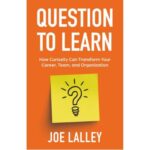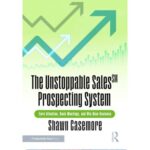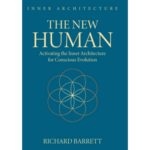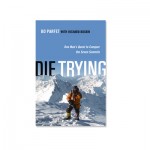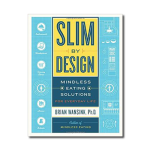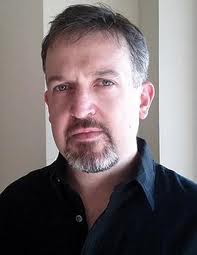 If you are looking for the uncommon and philosophical approach to life, then Neil Kramer’s new book entitled ” The Unfoldment-The Organic Path to Clarity, Power and Transformation” is a must read.
If you are looking for the uncommon and philosophical approach to life, then Neil Kramer’s new book entitled ” The Unfoldment-The Organic Path to Clarity, Power and Transformation” is a must read.
I was throughly impressed with Neil’s approach to life, living and finding its true meaning. As Neil states in the book ” the purer the mind, the deeper the consciousness that passes through it. The purity of naturally arises from the practice of the unfoldment: the clarity of the inner work, the power of conscious will, the transformation of authentic heart.
Neil says that we need to get our hands dirty, and in so doing we can develop the discernment necessary for true unfoldment. He speak about something called gnosis, which means to have living knowledge that presents itself through direct contact, as opposed to abstract learning from books or computers. It is closely aligned to discovery.
One thing that “The Unfoldment” stresses is the one universal truth from which all sacred knowledge flows. Every authentic philosophical, religious, scientific and mystical system is attempting to rediscover the essence of that original emanation. Such is its brilliance and luminosity–that its reflection can be found in all forms, both physical and non-physical. The purer the reflection, the closer it feels. It points the way to growth and integration, and it reassures us in the adventure of separation as we live as human beings.
Truth is a perennial discovery– states Neil, each reflection of truth can be regarded as having three main elements to it: wisdom, part thing, and part observer. The wisdom represents one strand of the original emanation of truth. It is an encoded route map back to source/the divine, lending insight and discernment to any given subject. The thing is the energy configuration that casts the reflection. It can be a poem, as piece of wood, a glass of water, or a memory. Anything. The more authentic and uncorrupted it is–the more organic–the clearer the reflection it will give. The observer is the consciousness of the person. You. Me. Your mother.
So no matter your beliefs, and you will certainly start to question them while reading “The Unfoldment” and most likely you will disgard most of them along the way. Neils’ book allows the reader to explore, awaken and unfold by providing though provoking questions and ideas for consideration. I recommend his book wholeheartedly, it is one of the deeper and more provocative book on personal and spiritual growth.
Enjoy my interview with author Neil Kramer, and for more information you can visit his website by clicking here or click here to be directed to his Facebook page.
